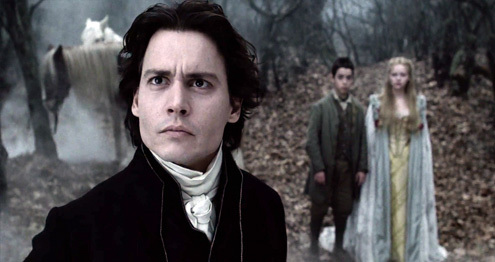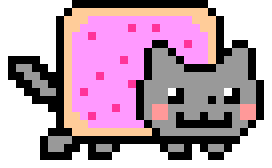
The Evolution of Sleepy Hollows Legend How the Story Has Changed Over Time
The legend of Sleepy Hollow, rich with haunting tales and captivating characters, has undergone significant transformations since its inception. Originating from Washington Irving's 1820 short story, "The Legend of Sleepy Hollow", the tale followed the hapless schoolteacher Ichabod Crane and his eerie encounter with the Headless Horseman. Over the years, this classic narrative has been adapted and reinterpreted through various mediums, influencing its perception across generations. The initial representation of Sleepy Hollow was rooted in early 19th-century Americana, steeped in the supernatural and the cultural ethos of that time.
Early Interpretations of the Tale
Originally, the story of Sleepy Hollow illustrated the contrasts between the foolishness of its main character, Ichabod Crane, and the bravado of his rival, Brom Bones. The narrative thrived on themes of love, jealousy, and fear of the unknown, all immersed in the New York countryside. The portrayal of the Headless Horseman as a vengeful spirit became a cornerstone of American folklore. Irving's masterful style combined humor with horror, creating a compelling atmosphere that has captivated readers for over two centuries.
Transformations Through Time
As the decades rolled on, interpretations of the legend began to shift. In the 20th century, the introduction of animated adaptations, most notably by Disney in 1949, brought a more whimsical version of the story to life. This adaptation catered to a younger audience, painting the Horseman more as a comedic figure rather than solely an object of fear. Consequently, the legacy of Sleepy Hollow expanded, allowing for both chilling and lighthearted interpretations. These shifts not only illustrated changing societal attitudes towards folklore but also sparked interest in official merchandise related to the story, such as "Sleepy Hollow Official Merch", which featured whimsical items that brought the beloved characters into fan culture.
Modern Retellings and Cultural Impact
In the 21st century, the legend of Sleepy Hollow has continued to evolve, with numerous television shows, films, and literary adaptations offering fresh perspectives on the narrative. The 2013 TV series "Sleepy Hollow" presented a modernized protagonist, intertwining history with contemporary issues, while still maintaining the essence of the original folklore. This reinvention not only expanded the audience but also delved deeper into the character backstories, exploring environment and personal motivations, ultimately giving both Ichabod and the Horseman new life. The cultural impact of these adaptations has led to a resurgence of interest in the original story, spurring the creation of memorabilia and unique "Sleepy Hollow Official Merch".
The Future of Sleepy Hollow
The evolution of Sleepy Hollow's legend demonstrates the power of storytelling and its ability to adapt and resonate across various eras. As new generations embrace the lore, the layers of interpretation continue to grow, making way for endless possibilities. Furthermore, with the commercial success of associated merchandise, such as "Sleepy Hollow Official Merch", the legacy of this haunting tale remains alive and well. The blend of nostalgia with modern-day creativity allows fans to connect with the story, ensuring that the legend of Sleepy Hollow endures, captivating imaginations for years to come.
